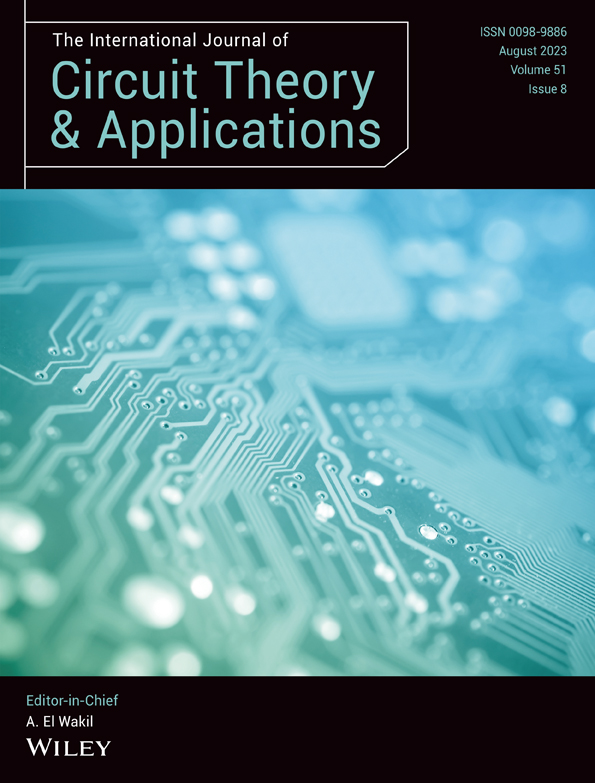Structure optimization: Configuring optimum performance of randomly distributed mixed carbon nanotube bundle interconnects
Funding information: No funding was received for conducting the study.
Summary
This paper presents an efficient optimization strategy based on the Stoyan and Yaskov algorithm to maximize the tube density of randomly distributed mixed carbon nanotube bundles (RMCBs) for configuring optimum performance of on-chip interconnects. Optimizing tube density has proposed eight different RMCB (RMCB1–RMCB8) structures of a varying number of carbon nanotubes (CNTs), where RMCB1 has the maximum CNTs. Moreover, the ABCD technique adequately analyzes the temperature-dependent frequency and stability characteristics of a three-line RMCB interconnect placed on smooth and rough substrates (SiC, BN, and SiO2). The smooth substrate material has the best 3-dB bandwidth compared with rough SiC substrate, followed by BN and SiO2 for all RMCB structures, and among all structures, the RMCB8 has the best 3-dB bandwidth. The relative stability of RMCB1 is improved by 134.2% and 22.7% w.r.t. RMCB8 placed on a smooth and rough SiC substrate, respectively. Whereas bandwidth of the RMCB1 is reduced by 26% and 88.5% w.r.t. RMCB8 placed on a smooth and rough substrate, respectively. Hence, there is a tradeoff between the bandwidth and the relative stability as the number of CNT increases. Therefore, RMCB3 placed on a smooth substrate and RMCB4 placed on a rough SiC substrate are considered the best-optimized RMCB interconnects to maintain a balance between the two.
CONFLICT OF INTEREST STATEMENT
The authors declare that there is no conflict of interest.
Open Research
DATA AVAILABILITY STATEMENT
The data that support the findings of this study are available on request from the corresponding author. The data are not publicly available due to privacy or ethical restrictions.




